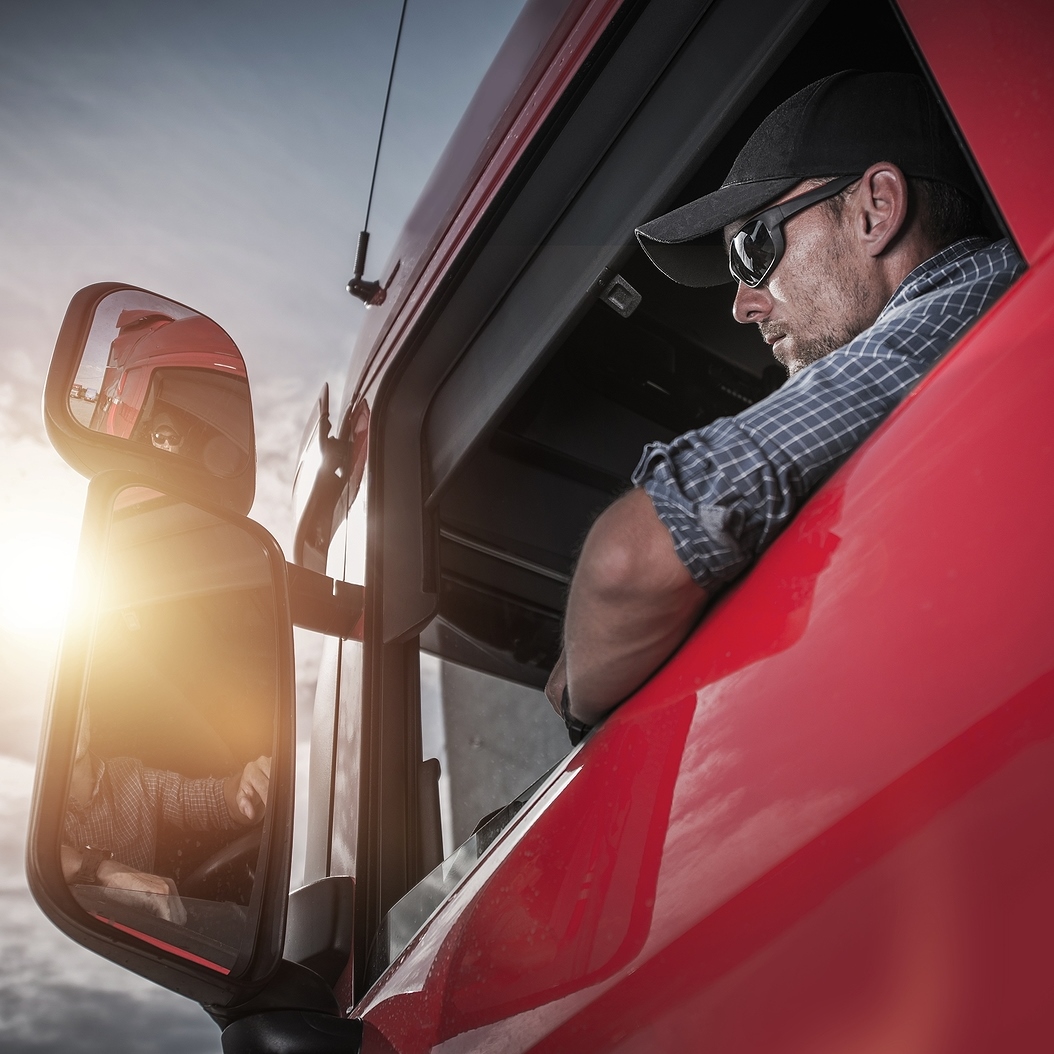
When it comes to transporting artworks like paintings and sculptures, safety is paramount.
The journey from gallery to destination can be fraught with potential hazards – bumps, environmental shifts, and even human error. This is where the ingenuity of precision engineering comes into play, turning ordinary vehicles into fortified sanctuaries for valuable artworks.
By incorporating advanced automotive components such as specialized suspension systems and customized cargo spaces, these vehicles ensure that the art remains pristine upon arrival.
This article explores how state-of-the-art precision engineering not only meets but exceeds the rigorous demands of safe art transportation, offering both security and peace of mind in every mile traveled.
The Crucial Elements for Safe Art Transportation
When transporting valuable artwork, certain elements in vehicles play indispensable roles. These critical components include:
- Climate Control Technologies. Maintaining a consistent temperature and humidity level within transport vehicles is vital. Fluctuations can lead to damage such as paint flaking or warping.
- Security Features. Enhanced locking mechanisms and alarm systems ensure that artworks are safeguarded against theft during transit.
- Precision Air Filtration Systems. To shield artworks from potentially harmful airborne particles, these systems filter out pollutants and dust, ensuring the internal environment remains pristine.
- Real-Time Tracking Systems. GPS and IoT technologies enable continuous monitoring of the vehicle’s location and internal conditions, providing instant updates to ensure security and optimal environment controls throughout transit.
- Customizable Cargo Spaces. Through innovative engineering, cargo spaces can be customized with adjustable shelving and securement features. This adaptability allows for a snug fit for artwork of various dimensions, significantly reducing movement and ensuing risks during transportation.
Automotive components also play a part in maintaining safety when transporting art. For example, you may be aware that the shocks and struts of a vehicle’s suspension system help reduce the impact of road bumps and vibrations.
Therefore, advanced suspension systems are crucial for maintaining the integrity of delicate art pieces. (Incidentally, you can search for the auto parts you need, such as shocks and struts, by model at AutoNation Parts.)
Precision Engineering: A Closer Look at Automotive Components That Ensure Art Safety
Precision-engineered components within transport vehicles provide specialized protections that cater to the unique requirements of art safety during transit.
Here is an in-depth examination.
Advanced Suspension Systems
Engineered for precision, these systems incorporate cutting-edge materials and design technologies that effectively absorb shocks and vibrations. This meticulous engineering ensures that even on uneven roads, the impact transmitted to delicate artworks is minimized, thereby preventing potential damage.
Vibration Isolation Pads
Specifically crafted from materials designed to dampen vibrations, these pads add an extra layer of security. Positioned strategically around the cargo area, they absorb and neutralize vibrations that could otherwise disturb the stability of art pieces.
Hydraulic Lift Gates
Engineered for seamless operation, hydraulic lift gates facilitate gentle handling when loading and unloading artworks. Their design minimizes sudden movements, offering a smooth transition that protects delicate items from potential harm due to rough handling.
By incorporating such precision-engineered components, vehicles become fortresses on wheels, dedicated to safeguarding precious artistic cargoes against the rigors of travel.
The Role of Continuous Innovation in Art Transport Safety
The evolution of precision engineering not only enhances the current capabilities of automotive components but also paves the way for future advancements. Innovations like adaptive suspensions that respond in real-time to road conditions, or advanced materials offering greater vibration dampening, are on the horizon.
As these technologies advance, they promise even higher levels of protection and stability for transported artworks.
Continuous investment in research and development is crucial, as it leads to the development of more sophisticated systems, ensuring that every journey transporting precious cargo becomes safer than the last. This ongoing enhancement reflects a commitment to protecting cultural heritage during transit, reaffirming the vital role of engineering in art logistics.
Wrapping Up
In essence, the marriage of precision engineering and art transport is a testament to how far we have come in safeguarding our cultural treasures. The meticulous design and implementation of sophisticated automotive components create a safe harbor for artworks, mitigating risks and ensuring integrity throughout their journey.
As technology continues to evolve, so too will the methods of protecting these invaluable pieces during transit. This ongoing innovation not only reinforces the importance of specialized transportation solutions but also underscores a broader commitment to preserving artistic heritage against the challenges posed by physical travel.
Ultimately, as we look to the future, continued advancements in precision engineering hold the key to even safer and more reliable art transportation methods. The journey of an artwork, fraught with potential perils, is made secure through relentless innovation – ensuring that pieces not only survive but thrive from origin to destination.
